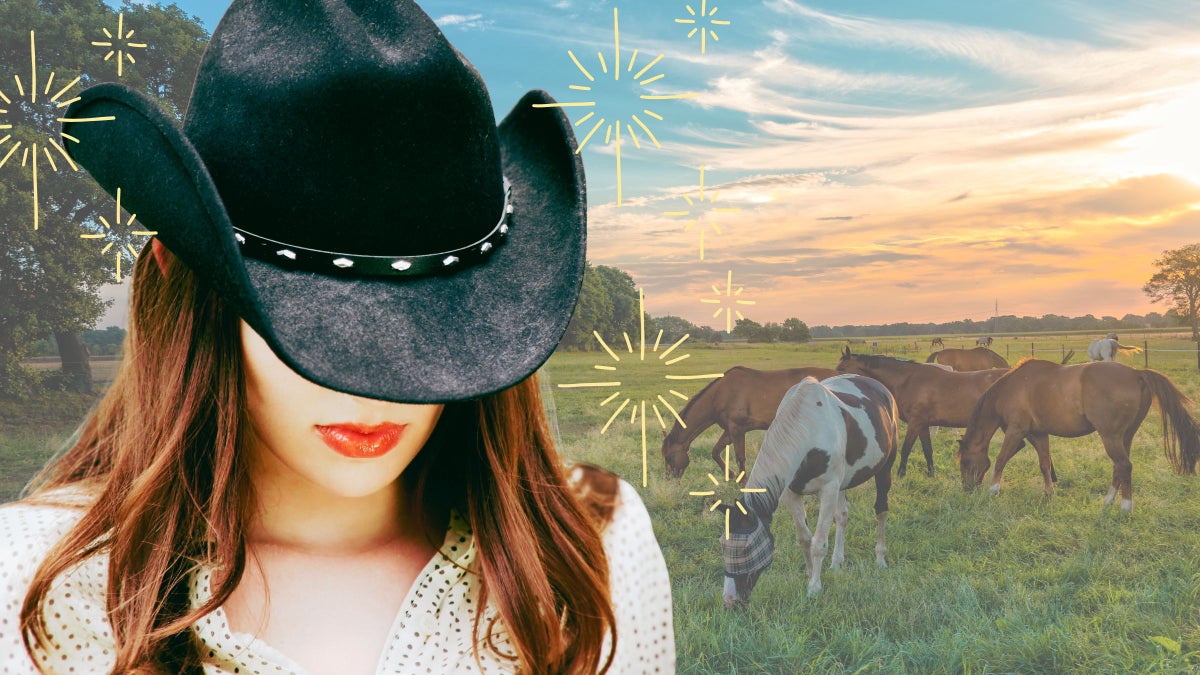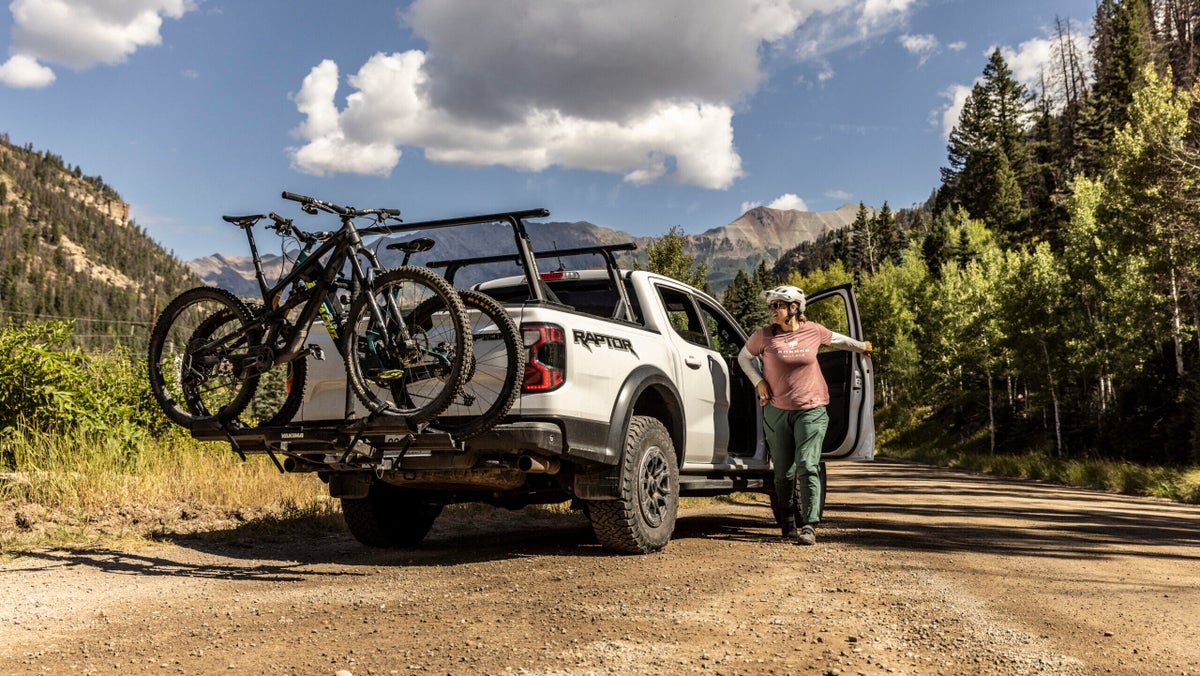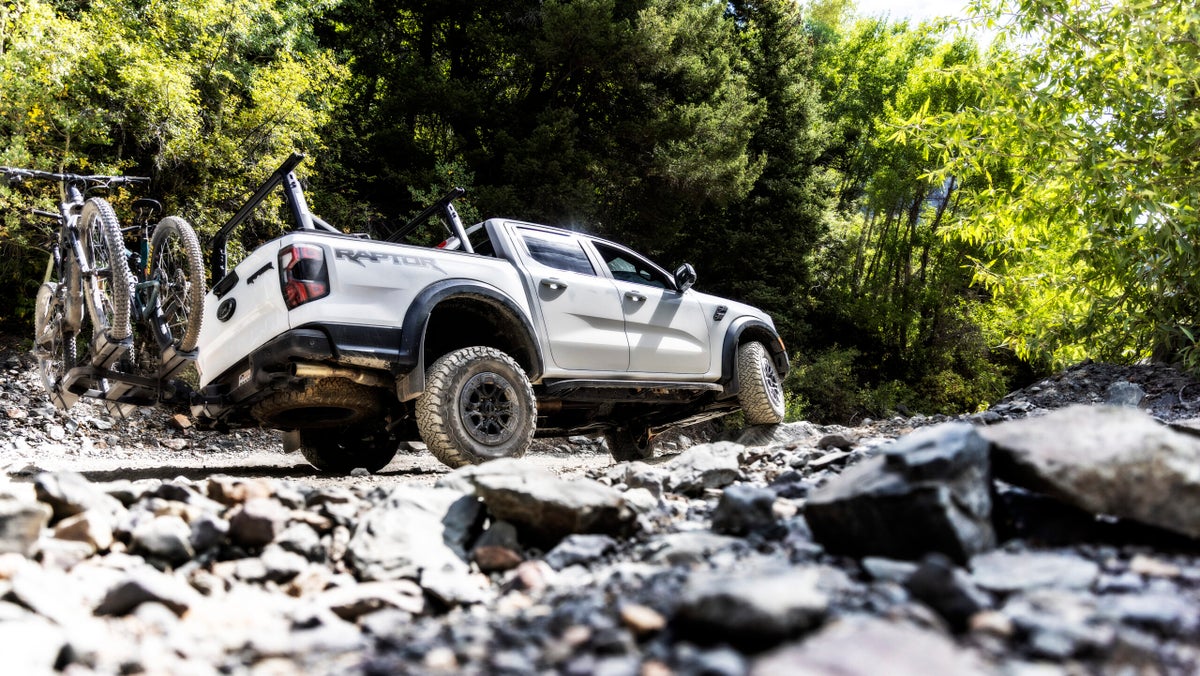
As told to Corey Buhay
Across the West, luxury ranches charge guests anywhere from $800 to $5,000 per night for the opportunity to play cowboy. Since they’re peddling an immersive experience, these facilities have to go to extreme lengths to maintain a seamlessly Western look and feel—which means that if you work there, you’re part of the scenery.
The higher-end lodges offer the standard suite of Western extracurriculars, like trail rides, mock cattle drives, and grill-outs under the stars. They also offer other diversions—like wine tastings, Vitamin C facials, and sound baths—which I have a harder time picturing Butch Cassidy enjoying out on the range, but which probably generate more repeat clientele among the big spenders. All those offerings mean hundreds of employees, and create a vibe that’s often more Disneyland than family farm. It makes for a totally surreal workplace.
To take a peek behind the scenes, I interviewed a wrangler who’s been throwing hay and roping horses since the age of 12. Since then, they’ve worked at a handful of different dude ranches across the West, ranging from family-owned operations to glitzy lodges and influencer-swarmed glamping retreats. The job has its joys, but the days are long, and sleep is hard to come by. As we chat over the phone, I can hear them kicking through hay, filling troughs, and shooing off horses. It’s 5:00 P.M. by the time we finish talking, and they’re still midway through the workday. There’s a truck to pressure-wash and a trailer to clean, and it’ll be well past dusk before they’re done.
Is it worth it? You decide. Here’s what it’s like to be part of the scenery on someone else’s $10,000 vacay.
The Gig a Glance
Occupation
Wrangler/Trail Guide
Age
26
Years in the business
14
Salary
$50,000 with tips ($25,000 without)
How Many Hours Do You Work a Week?
I split my time between ranches, working in the Northern Rockies during the summers and in the Southwest during the winters. During peak season up north, we’re on and off horses from sunrise to sunset, and the days can be 13 or 14 hours long. I’ve worked 95-hour weeks when the ranch is busy. Things calm down a bit in the winter: right now, my shifts are only 12 hours.
Can You Afford the Rent?
The short answer is no. Horse guiding is usually paid on daily wages, and most companies start you out at $70 a day, which is dismal.
A few ranches provide subsidized housing. Some have to—a lot of the places I guide are on big properties in the middle of nowhere, and there really aren’t any rooms to rent. Not that most folks could afford to, anyway. Where I am now, in a vacation getaway town in the Southwest, my rent would be around $2,500 a month.
Besides, the work is seasonal, so I have to pick up and move every six months. Right now, I live in a camper with my partner and our dogs. We’re both guides, so it works for us, but we won’t be able to do it forever.
What’s It Like to Guide Celebrities?
Famous people can be entitled. They’re used to being able to do exactly what they want. But as soon as you put them on a horse, it changes the power dynamic in an interesting way.
The first time you tell a celebrity to put their phone away, they just stare at you. Then you look them in the eyes and list the possible consequences—getting thrown off a horse, losing the phone, breaking an arm—and they realize you’re not afraid of them. Then they start to listen.
Are There Crazy Perks to Working at a Lodge That Costs $3,000 per Night?
Not really. At one of the fancier ranches I worked on, the employees didn’t get fed or housed. We couldn’t go into the restaurant or use the sauna or other amenities. We were there to work and then to go home—to be seen and not heard. We were not to interact with the guests unless they were on a ride.
What Are Your Biggest Client Red Flags?
Every now and then, we’ll get someone who’s ridden a fancy reining horse or dressage horse before. They’ll get in the saddle with us and say, “This horse sucks.” I can’t stand that. These horses are very good at what they’re trained to do. If you think you’re such hot shit, then don’t ride with me.
The other client red flag is someone who shows up in chaps and spurs. Believe it or not, that happens all the time. Or, sometimes, influencers show up to ride in strappy sandals and a sundress. I’m like, “What is it you think you’re going to do today? If you want photos, we can get photos. But you’re going to hate your life if you get on a horse in that kind of getup.”
Who Was Your Worst Employer?
Some of the bigger ranches are terrible to their animals. If you’ve got 40 horses, it’s easy for the owners to start seeing them as a commodity. I once had a boss at a fancy ranch in the West who would train the horses semi-abusively—yelling at them. Hitting them. And one time, this boss put an older horse in the round pen, roped her feet to get her to pick up her hooves, and kept her in there for hours without water. A few different people tried to step in, but the boss wouldn’t listen. By the end, the horse was bleeding from rope burns on all four legs. I quit after that. It was a good job, and it was hard to walk away from that paycheck, but I had to.
Why Do You Keep Doing It?
Last winter, I had a gal who came to ride and rode alone. She was quiet—I couldn’t tell if she was enjoying herself or having a miserable time. But in the last five minutes of the ride, she started crying. “Today is the 15th anniversary of my father’s death, and I used to ride horses with him,” she said. “I can feel him here with us.”
That’s just one story, but there are a bunch like that. Horses just get to people. And those experiences keep you going.
This interview has been edited for length and clarity, as well as to preserve the source’s anonymity.
The post What It’s Like to Work at a Luxury Ranch for Celebrities appeared first on Outside Online.














